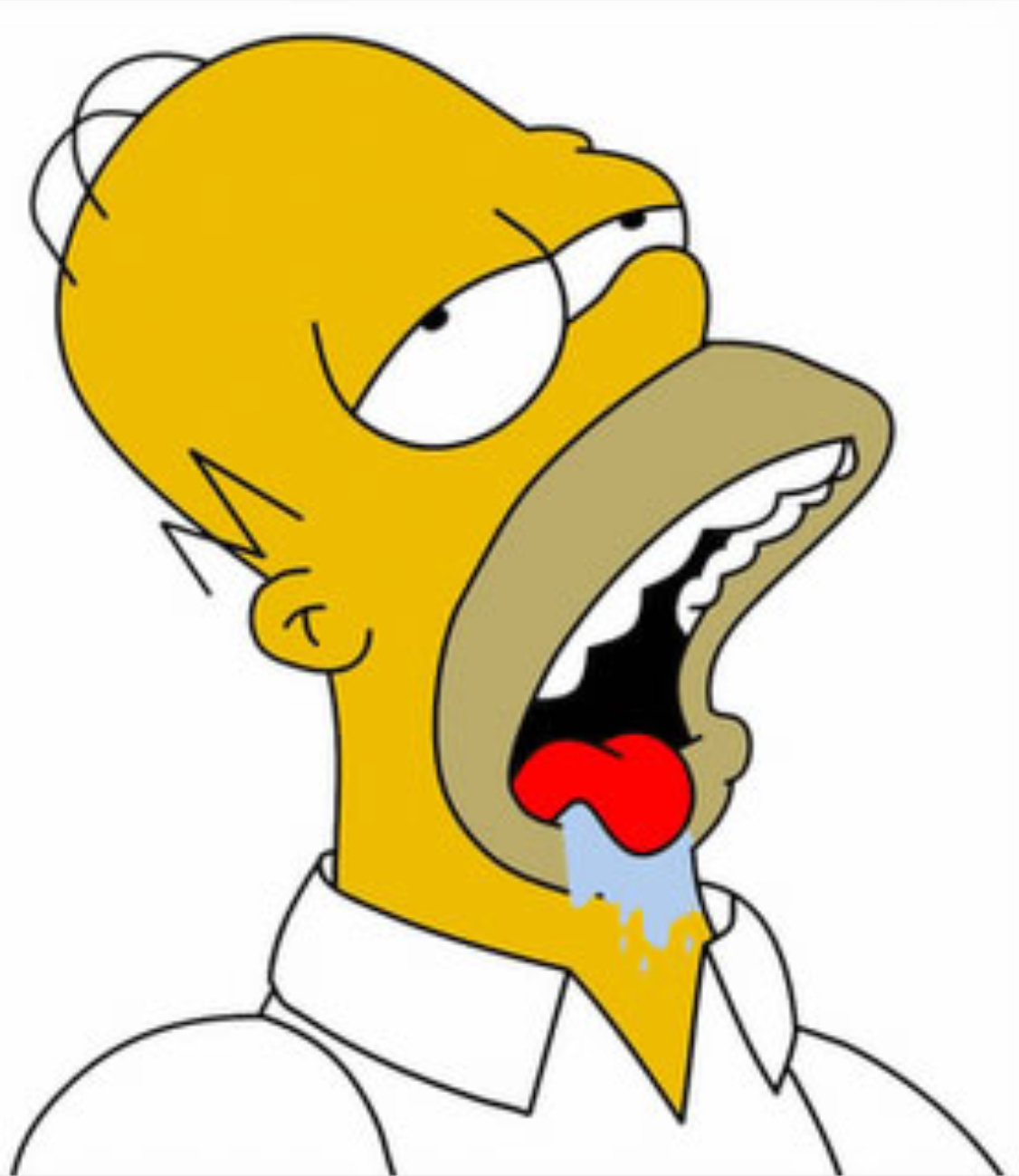NinjaMouse
Member
It's not entirely bullshit, because your beehive starts at around body temperature, and real honey will melt at body temperature, and slowly crystallize at room temperature. The honey you have in those bears will slowly harden and turn white, and you should probably keep it in jars that can be accessed with a spoon, not a squirt bottle (not exactly sure what kind of lids you have).
Real honey can have any number of different colors and textures.
Common store-bought processed honey goes beyond room temperature, they boil it, which breaks it, resulting in honey that looks like fresh honey, but will never crystallize again, and can actually go bad.
From an above-average consumer prospective, golden liquid honey = processed crap, whitish semi-solid honey = the good stuff. It's just that the good stuff can be both.
This seems to explain it well enough, too: http://www.benefits-of-honey.com/information-about-honey.html
Also, do yourselves a favor and find some raw buckwheat honey. It's some of the best, most flavorful honey I've ever had. As far as supposed medicinal qualities of honey, the darker the better, from my limited reading, and buckwheat honey is nice and dark









